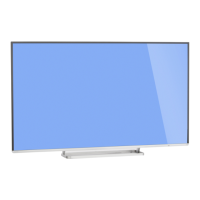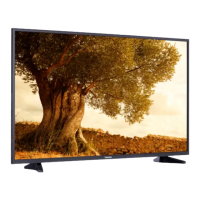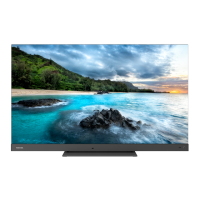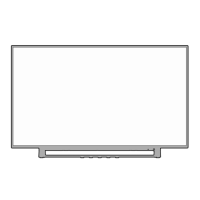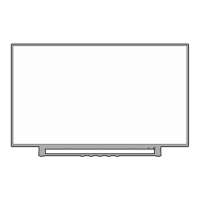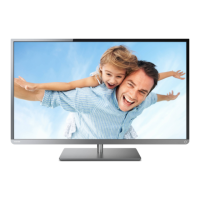Integrated High Definition LED
Television User’s Guide:
55L7400U
If you need assistance:
Toshiba's Support Web site support.toshiba.com
For more information, see “Troubleshooting” on page 161 in this guide.
Owner's Record
The model number and serial number are on the back and side of your television.
Print out this page and write these numbers in the spaces below. Refer to these
numbers whenever you communicate with your Toshiba dealer about this Television.
Model name:
Serial number:
Register your Toshiba Television at register.toshiba.com
Note: To display a High Denition
picture, the TV must be receiving a
High Denition signal (such as an over-
the-air High Denition TV broadcast, a
High Denition digital cable program,
or a High Denition digital satellite
program). For details, contact your TV
antenna installer, cable provider, or
satellite provider.
GMA300036011
4/14
